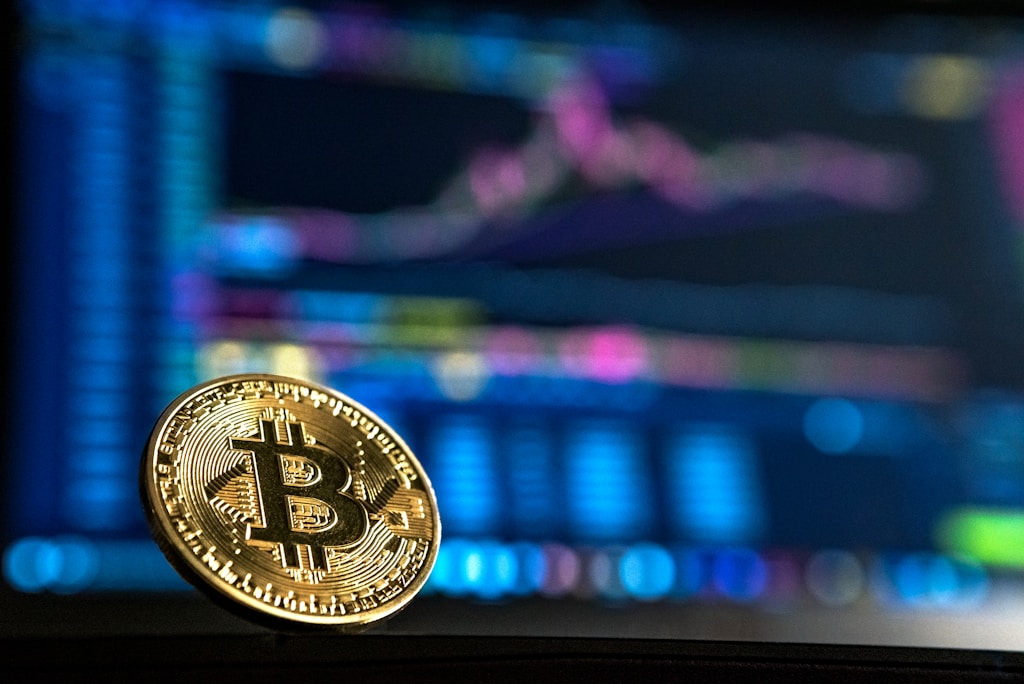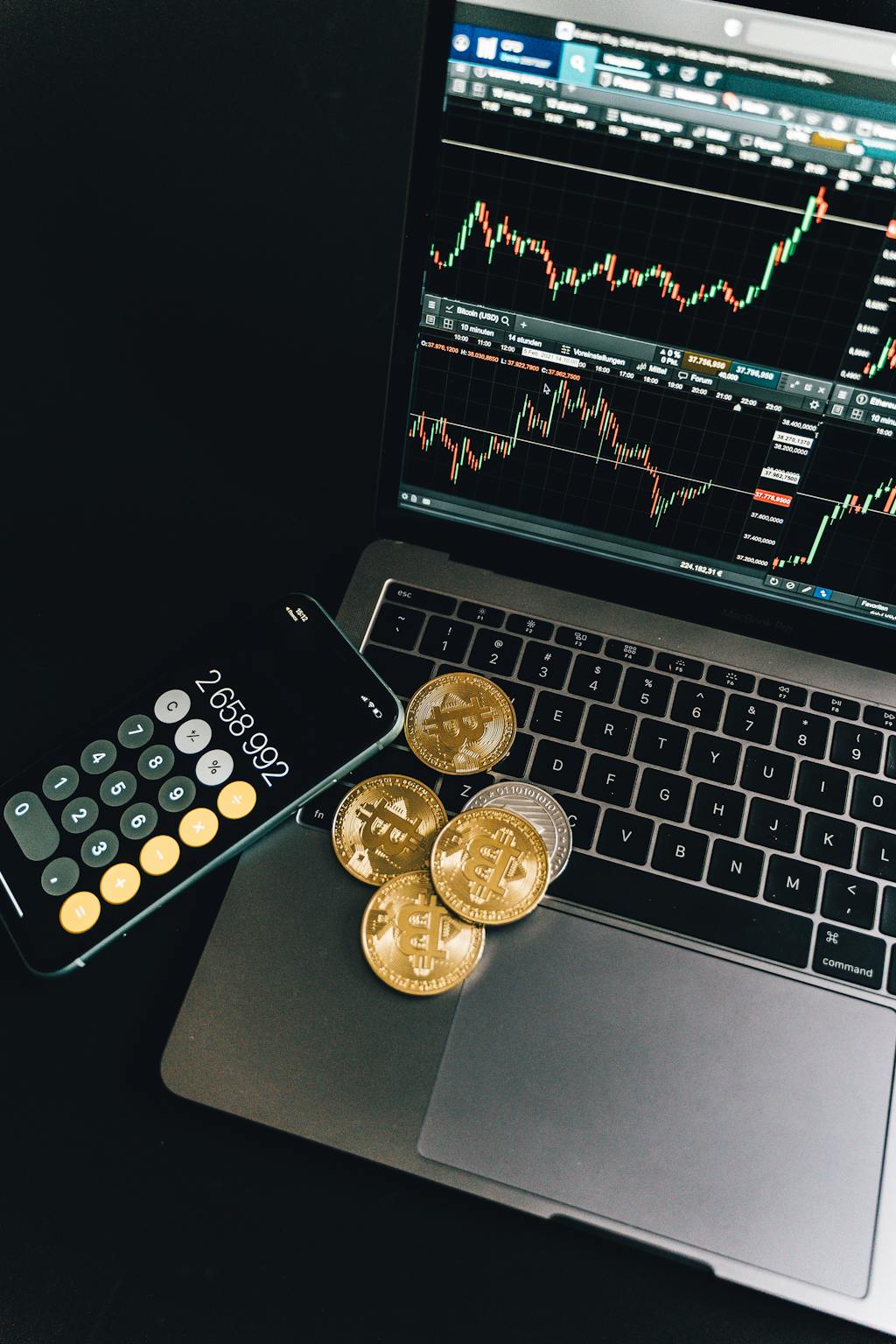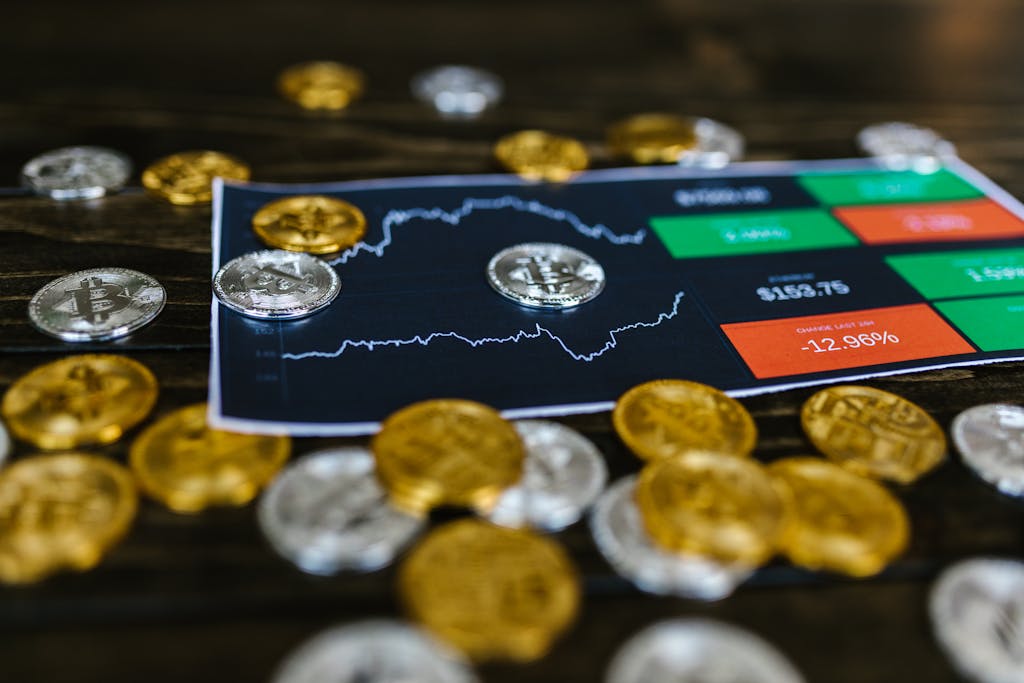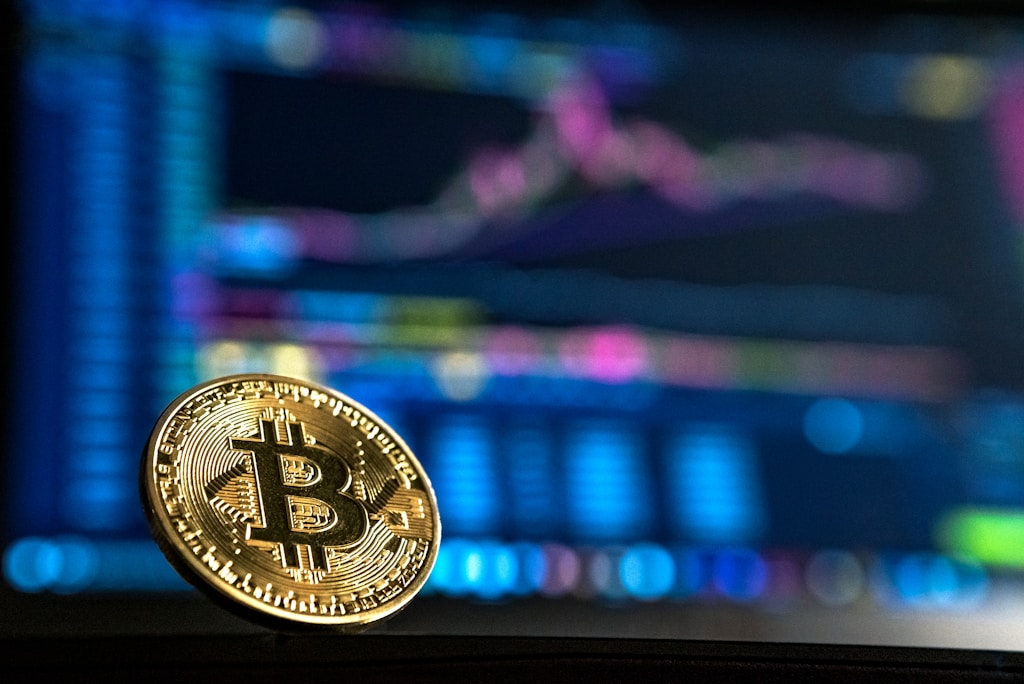In a landmark declaration at the 2025 Bitcoin Conference in Las Vegas, former US Treasurer Rosie Rios delivered a powerful endorsement of Bitcoin’s permanence in the global financial system, marking a significant milestone for cryptocurrency adoption. This statement comes as Bitcoin continues to show strength near the $112,000 level.
Key Highlights from Rios’s Bitcoin Endorsement
“The train has left the station. Bitcoin is here to stay. Blockchain is here to stay,” declared Rios, emphasizing the irreversible momentum of cryptocurrency adoption. Her comments carry particular weight given her previous role as US Treasurer and her deep understanding of traditional financial systems.
Political Support and Regulatory Landscape
The conference panel, which included Chris LaCivita, Co-Manager of President Trump’s 2024 Campaign, highlighted growing political support for cryptocurrency innovation. This aligns with recent developments in Trump’s proposed Bitcoin investment initiatives, suggesting a potentially favorable regulatory environment ahead.
SPONSORED
Trade Bitcoin with up to 100x leverage and maximize your profit potential
Regulatory Relief and Innovation
Congressman Brian T. Jack revealed significant developments in regulatory approach, including the use of the Congressional Review Act to repeal restrictive CFPB policies affecting payment processors. This move signals a more accommodative stance toward crypto innovation.
Global Leadership in Digital Infrastructure
Rios emphasized America’s potential to lead in establishing the dominant digital infrastructure for the global financial system. “Whoever creates that dominant digital infrastructure will set the tone for the whole global financial system,” she stated.
Frequently Asked Questions
What is the significance of Rosie Rios’s Bitcoin endorsement?
As a former US Treasurer, Rios’s endorsement carries significant weight in legitimizing Bitcoin’s role in the financial system.
How does this affect Bitcoin’s regulatory outlook?
The combination of political support and regulatory relief suggests a more favorable environment for Bitcoin adoption and innovation.
What impact could this have on Bitcoin’s market position?
Institutional endorsements from former government officials typically strengthen market confidence and could support long-term price stability.
Time to Read: 4 minutes








